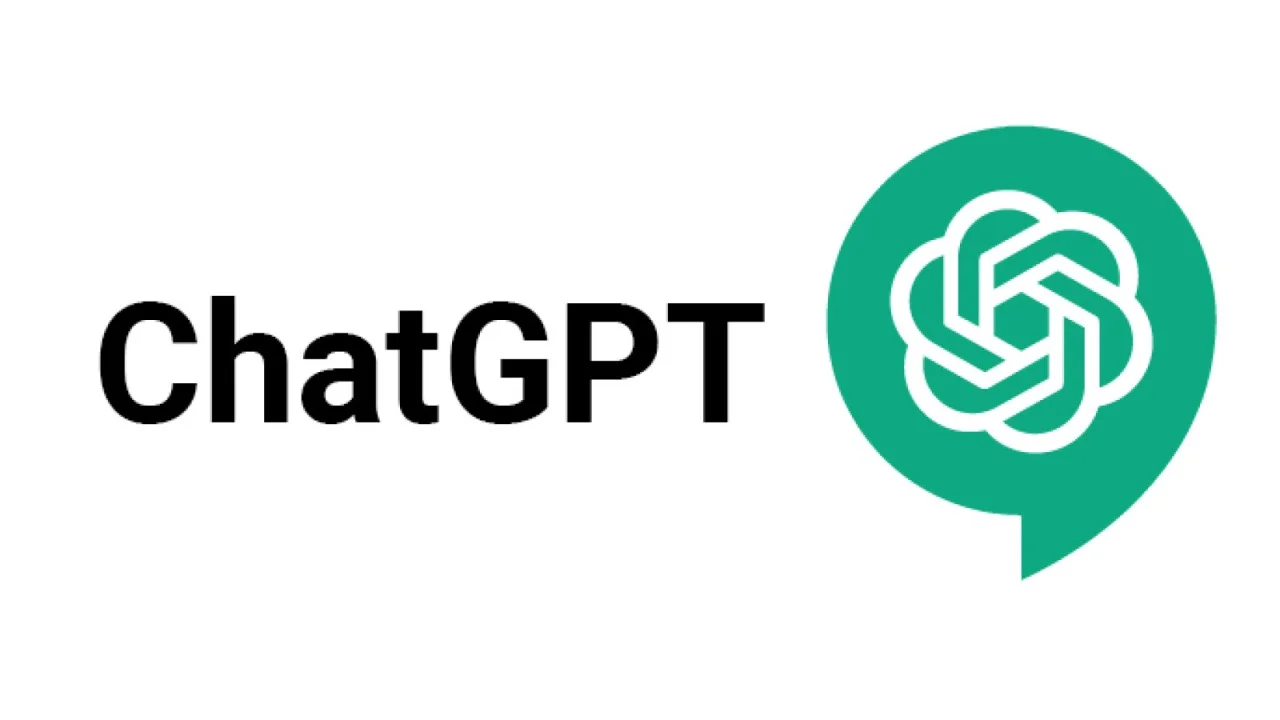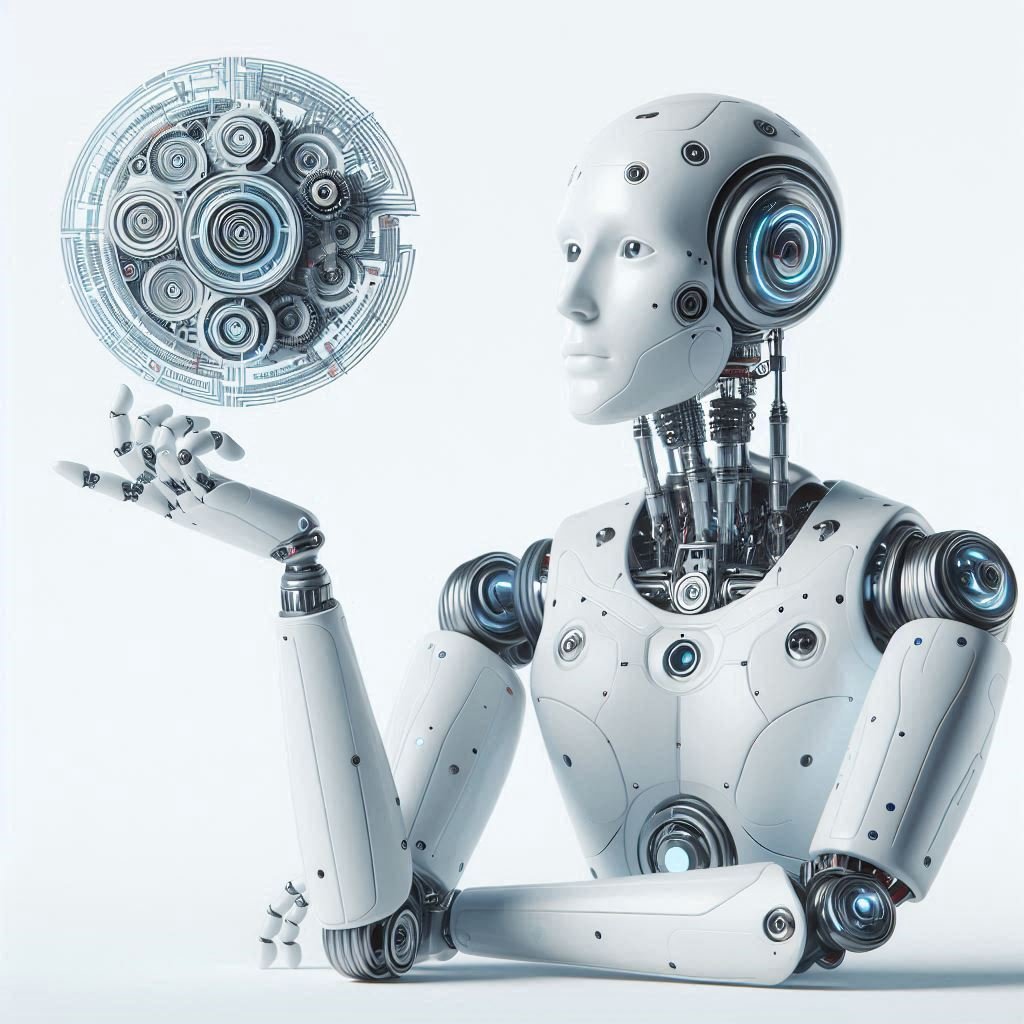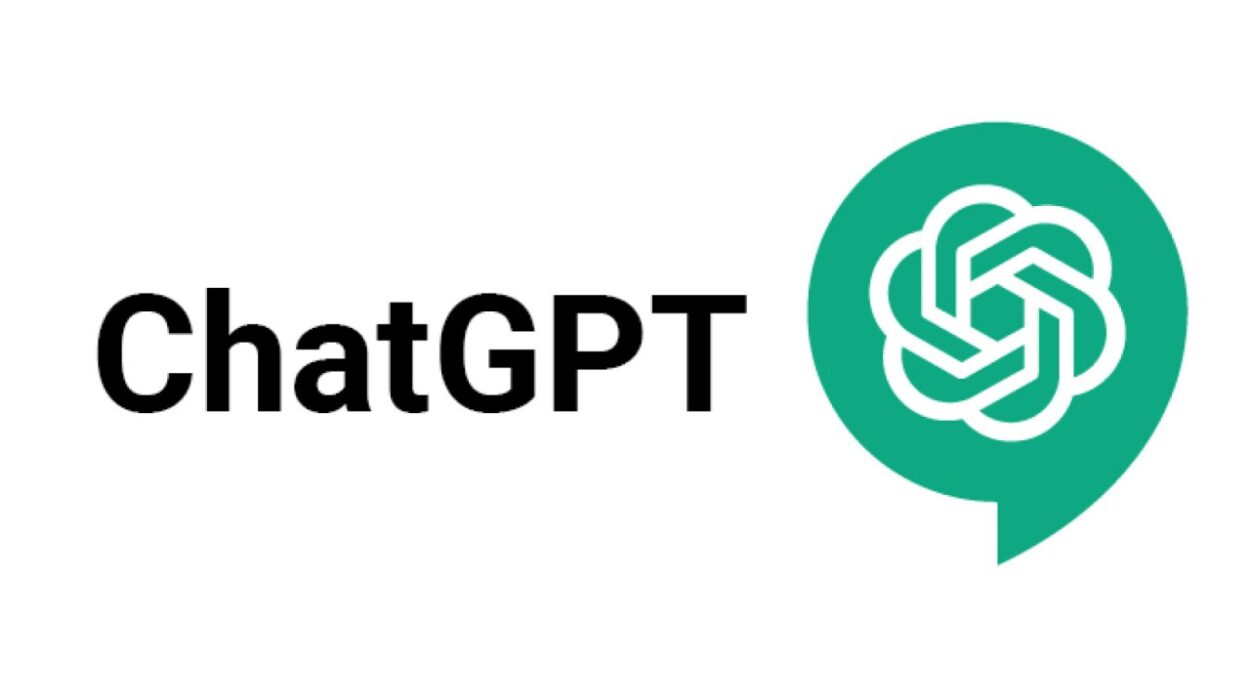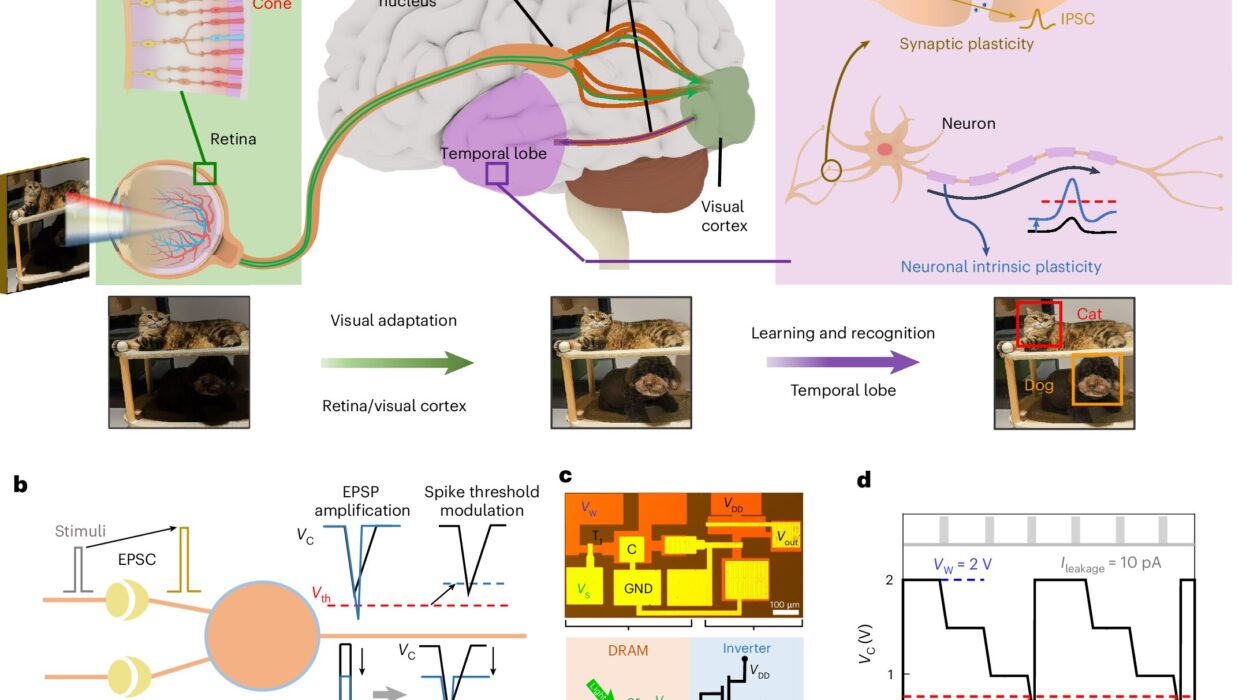When you think of ChatGPT, what likely comes to mind is a friendly conversational assistant—a digital companion that answers questions, explains topics, or writes poems and emails. But lurking beneath its simple interface lies a vast, multi-talented intelligence capable of mind-bending feats. Born from the depths of artificial neural networks, ChatGPT isn’t just a chatbot—it’s a cognitive Swiss Army knife designed to assist, create, reason, and surprise.
Whether you’re a casual user or a seasoned pro, chances are you’ve only scratched the surface of what ChatGPT can do. This article takes you on an immersive journey through ten astonishing, often overlooked capabilities of ChatGPT that reveal the true power of artificial intelligence in action. Each section dives deep into one capability, shedding light on the tools, logic, and imagination that make ChatGPT not just useful, but jaw-droppingly brilliant.
So fasten your seatbelt. You’re about to uncover what happens when language meets computation, creativity collides with logic, and AI becomes a partner in your most imaginative adventures.
1. ChatGPT Can Simulate Human Personalities and Historical Figures with Remarkable Accuracy
One of the most jaw-dropping abilities of ChatGPT is its power to adopt voices—figuratively, of course. You can ask it to respond as if it were Albert Einstein, Cleopatra, Shakespeare, or even your quirky best friend from college. The AI doesn’t just mimic catchphrases or speech patterns—it absorbs historical context, personality traits, ideological beliefs, and linguistic nuances to convincingly bring characters to life.
Want to interview Socrates on the meaning of life? Or have Emily Dickinson write a poem about your houseplant? You can. The model’s understanding of literature, history, and philosophy allows it to “role-play” in ways that feel deeply authentic—even eerily accurate. It can also simulate emotional tone, shifting between solemn, humorous, sarcastic, or serene expressions, all within a single conversation.
But this isn’t just a parlor trick. This feature has serious potential in education, storytelling, therapy, and even ethical exploration. Students can interview simulated abolitionists, dictators, or explorers. Therapists can use simulated personalities for role-play exercises. Writers can co-author novels with literary giants from beyond the grave.
2. ChatGPT Can Design Entire Fictional Worlds from Scratch
Have you ever dreamed of building a rich fictional world with its own language, political systems, religious mythology, technology, and ecology? ChatGPT can do just that—on the fly. It can generate continents, cities, cultures, and histories as intricate as those in Tolkien’s Middle-earth or Martin’s Westeros.
You can begin with a single idea—say, a desert moon inhabited by telepathic monks—and ChatGPT will gradually layer it with internal logic, climate patterns, social customs, and plot possibilities. It can generate maps (described in text or drawn with tools), create noble lineages, write songs and prayers, and even design alien alphabets or trade routes.
More than just building a setting, ChatGPT can help shape character arcs, guide world dynamics, and simulate the passage of time, creating a full ecosystem of story and society. Fantasy writers, game designers, and roleplaying enthusiasts are only beginning to understand how revolutionary this can be for storytelling.
3. ChatGPT Can Write Code, Debug It, and Explain It Like a Tutor
While many know that ChatGPT can write simple scripts in Python, fewer realize it can debug complex programs, explain them line by line, and even guide novice users through the logic behind each step. You can give it a broken function and ask it to fix it; it not only repairs the logic but often provides an annotated walkthrough explaining what went wrong.
Need a personal tutor for C++, JavaScript, or Rust? ChatGPT can simulate one. It remembers context in real time, meaning you can paste in multiple files of code and have it analyze them for coherence, performance, and security. Want to understand how machine learning algorithms work? It can build one from scratch and walk you through its architecture, inputs, outputs, and parameters.
Unlike static tutorials or books, ChatGPT engages with your unique learning curve. It will switch metaphors, adjust explanations, and answer follow-up questions until the concept clicks. It’s a rare combination: a patient tutor with encyclopedic knowledge and unlimited time.
4. ChatGPT Can Compose Original Music and Generate Musical Notation
You might not expect it from a language model, but ChatGPT has serious musical chops. It can write lyrics in any style—from gothic metal to reggae—and compose original melodies using musical notation. Whether you want a lullaby, a film score, or a punk rock anthem, ChatGPT can generate musical pieces in formats like ABC notation, MIDI instructions, or descriptive guidance for DAWs (Digital Audio Workstations).
The musical imagination of ChatGPT extends to harmony, rhythm, and even instrumental arrangement. You can ask it to write a fugue in the style of Bach or create a jazz improvisation over a bebop progression. It can simulate the emotional tone of a song and generate alternative verses, bridges, or modulations.
For musicians who struggle with theory or are looking for inspiration, this can be a game-changer. ChatGPT becomes your virtual composer, librettist, and music teacher—all rolled into one.
5. ChatGPT Can Simulate Cognitive Biases and Psychological Phenomena
One of the most surprisingly sophisticated abilities of ChatGPT is its grasp of human psychology—not just in explaining theories but in demonstrating them. You can ask ChatGPT to simulate a mind under the influence of specific cognitive biases, such as confirmation bias, the Dunning-Kruger effect, or loss aversion. It can role-play conversations or debates that show these biases in action, helping learners grasp abstract psychological phenomena through dialogue and reflection.
Want to see how groupthink might play out in a corporate meeting? Or how a narcissistic personality might interpret a neutral situation? ChatGPT can simulate both characters and their psychological frameworks. This is invaluable in studying social dynamics, improving communication, or designing nuanced narratives for fiction and film.
For students, therapists, and designers of interactive systems, ChatGPT’s ability to mirror the quirks of the human mind opens doors to experiential learning and deeper empathy.
6. ChatGPT Can Play Strategy Games and Teach You to Win
ChatGPT isn’t just good with logic—it’s surprisingly competitive. You can play chess, Go, or strategy-based games like Risk or Diplomacy through pure text. It will remember positions, evaluate strategies, anticipate your moves, and even bluff. And if you’re a beginner, it can teach you the rules, guide your practice, and suggest optimal tactics based on your current skill level.
ChatGPT can also design custom games: inventing new rules, balancing power dynamics, and simulating rounds between imaginary players to test how the game unfolds. It can build interactive decision trees and simulate the consequences of different actions. This makes it a phenomenal tool for game developers and educators.
Whether you’re playing a dungeon crawler or developing a sci-fi strategy sim, ChatGPT can be your opponent, tutor, designer, and game master.
7. ChatGPT Can Translate Emotions into Art and Vice Versa
Emotions are notoriously hard to quantify—but ChatGPT can turn raw feeling into poetic form, visual prompts, or cinematic scenes. You can tell it you’re feeling a “storm of anxiety with a quiet undertow of grief,” and it will respond with a poem, a painting description, or a film treatment that captures that emotional spectrum.
Conversely, if you give it an image description—say, “a cracked violin on a snow-covered bench”—ChatGPT can extrapolate the emotion behind it, describe the unseen story, or write a screenplay around it. This capacity to convert between language, emotion, and metaphor opens pathways for art therapy, writing prompts, and self-expression.
Many creatives use ChatGPT as a mirror, a co-artist, or a muse. It doesn’t just generate content—it resonates with feeling and transforms it into form.
8. ChatGPT Can Learn Your Style and Create Consistent Output
Most users don’t realize that ChatGPT can maintain a writing style across thousands of words—or mirror your personal style with surprising fidelity. By analyzing just a few samples of your writing, it can mimic your tone, sentence structure, vocabulary, and even punctuation quirks. This isn’t mimicry in the superficial sense—it’s a deep stylistic resonance.
You can train it to write like your favorite author, your business brand, or your inner voice. Want to write an entire novel with consistent style and character voice? ChatGPT can track dozens of threads, character arcs, and tonal shifts across long passages.
This ability is invaluable for novelists, marketers, educators, and anyone who needs polished, consistent content. It’s like having a ghostwriter that not only works fast but learns exactly how you want things to sound.
9. ChatGPT Can Perform Complex Multistep Reasoning and Planning
Beneath its conversational flair lies a logical core capable of solving puzzles, planning projects, and performing long-term simulations. You can ask ChatGPT to help you plan a wedding with multiple venues, budgets, and timelines. It can juggle dependencies, flag conflicts, and adapt to constraints dynamically.
It can break down a PhD thesis into weekly milestones, or design a multistage business plan that evolves with market feedback. You can give it a goal—like “move to a new country, find a job, and learn the language”—and it will chart steps, anticipate barriers, and propose backup plans.
This isn’t simple list-making. ChatGPT builds internal logic trees, tracks assumptions, and engages in recursive thinking. It explains not only the “what” but the “why,” giving users a transparent planning partner.
10. ChatGPT Can Role-Play Advanced Educational Scenarios Across Disciplines
Imagine being taught quantum physics by Richard Feynman, having a business pitch evaluated by a simulated venture capitalist, or rehearsing courtroom arguments with a seasoned prosecutor. ChatGPT can orchestrate complex, interactive role-plays that simulate professional dialogue with incredible fidelity.
It doesn’t just play one role—it can act as a panel of experts, respond to your questions, challenge your assumptions, and even quiz you on gaps in your knowledge. Want to practice patient communication as a medical student? Or rehearse a job interview with behavioral psychology feedback? ChatGPT can do both in one session.
These simulations bring a new dimension to education. They allow safe experimentation, active learning, and high-quality feedback—all at your own pace. The future of tutoring, mentorship, and professional development is being reshaped by models like ChatGPT.
Conclusion: An Intelligence Still Being Discovered
ChatGPT isn’t just a chatbot—it’s a dynamic, versatile intelligence engine whose limits are still being explored. With every prompt, it adapts, learns patterns, and offers new possibilities. It’s a writer, teacher, strategist, artist, coder, therapist, and conversationalist—all in one. And perhaps most mind-blowing of all is this: we’re only at the beginning.
As language models evolve, their capacity to understand, simulate, and create will grow. Future versions may integrate multimodal capabilities, real-time reasoning, or interactive memory. But even today, ChatGPT offers a glimpse into a future where AI doesn’t replace human creativity—it enhances it.
You don’t need to be a tech genius to harness this power. All it takes is curiosity—and the right prompt.






